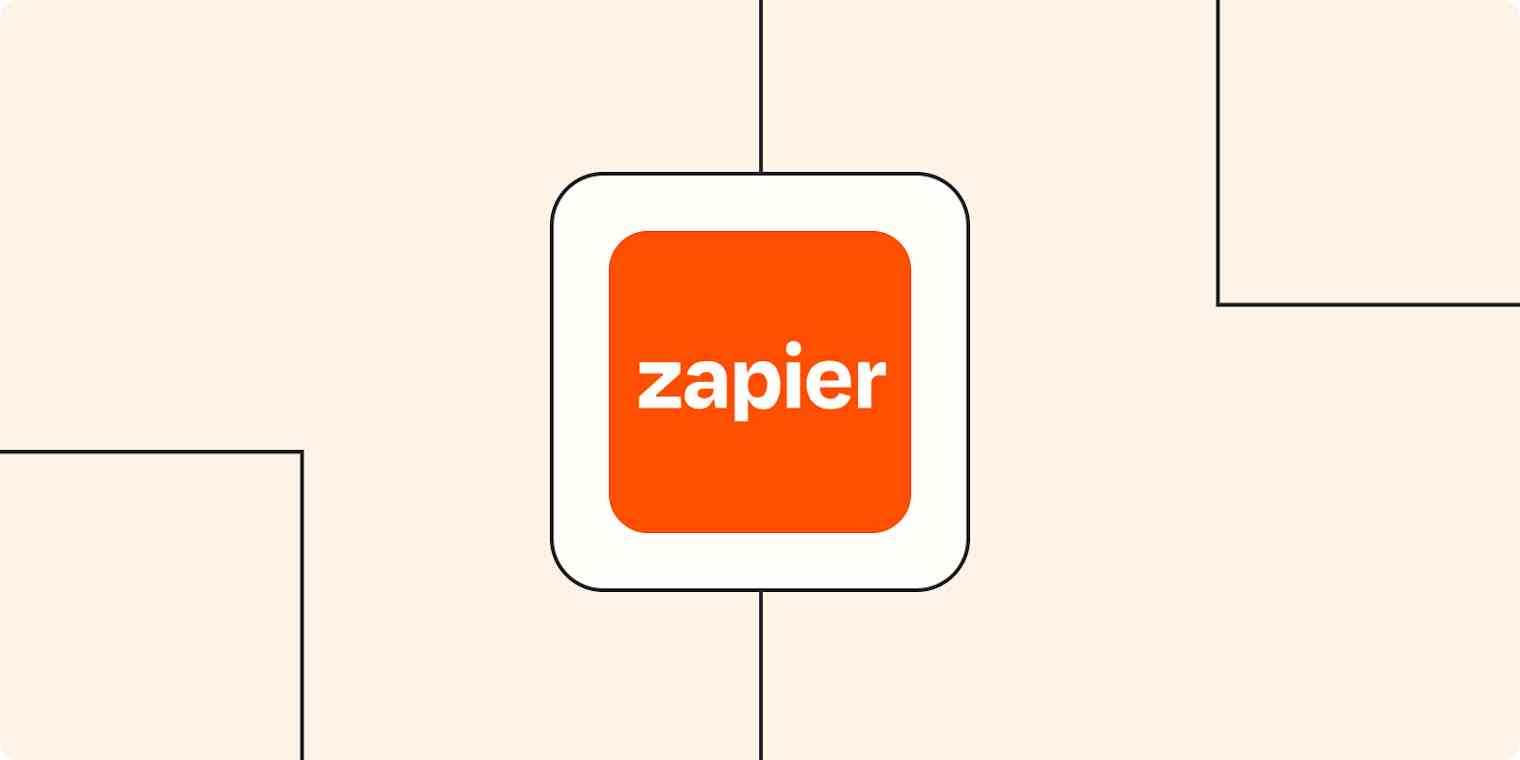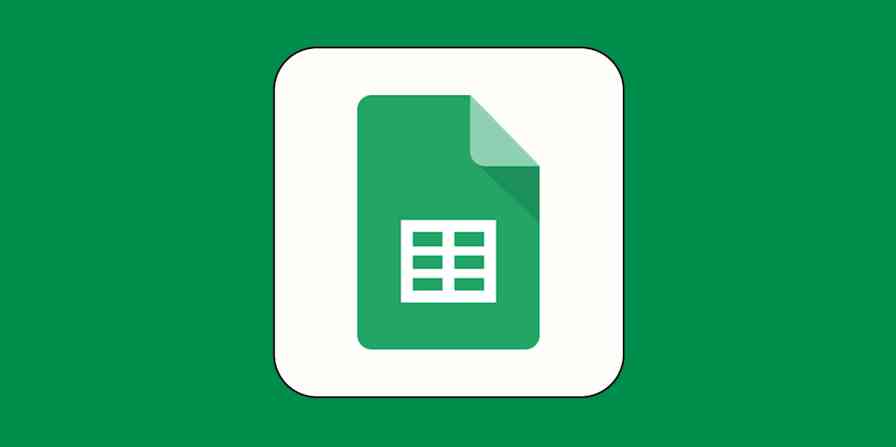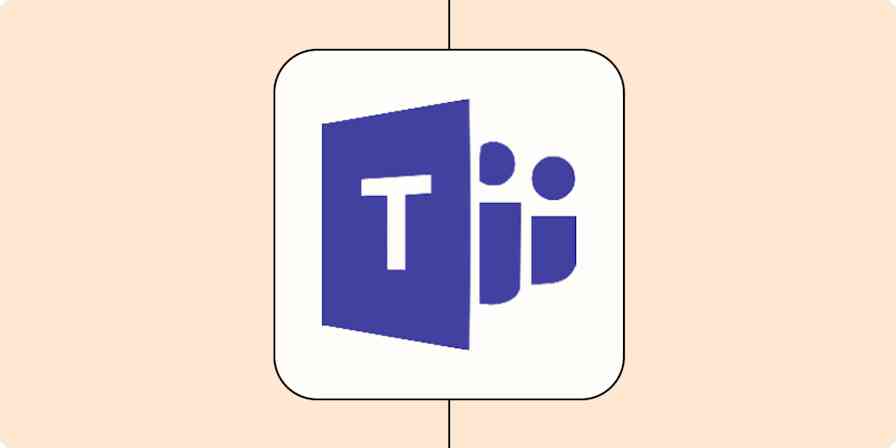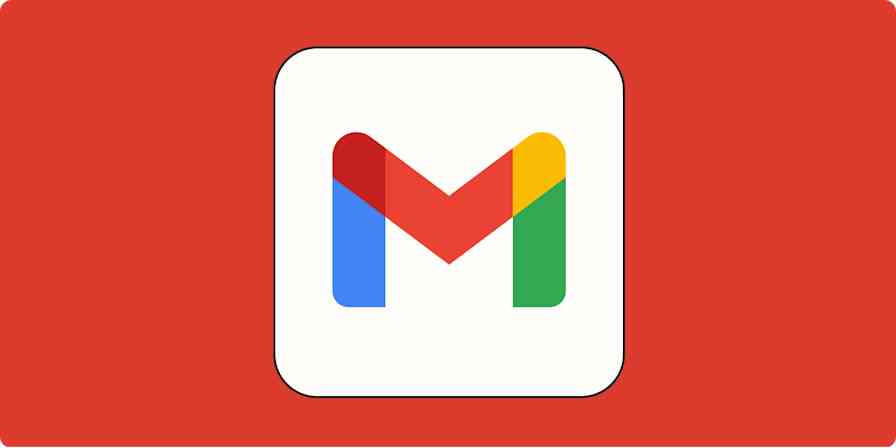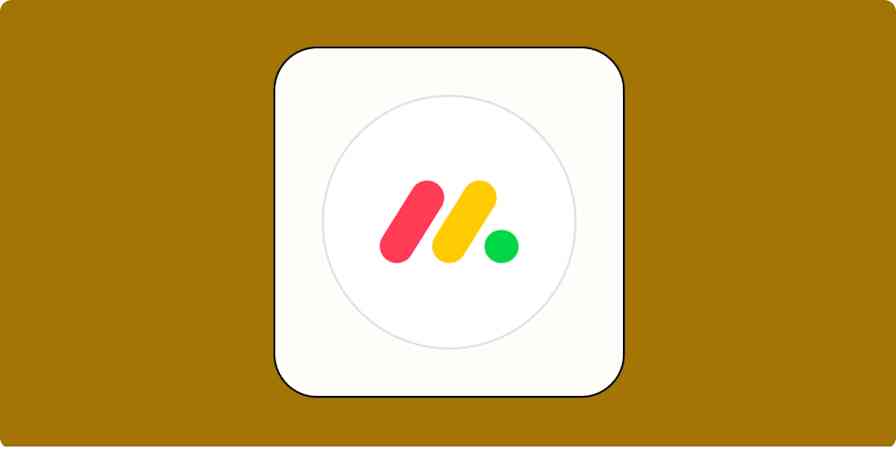There are too many apps. Most of them don't talk to each other. Fixing this yourself is time-consuming and expensive.
That's the basic logic behind integration software, which makes it easy to connect all the software you use. Marketers are trying to call this "iPaaS," which stands for "integration platform as a service." Catchy, right? Wikipedia is savagely calling us out for this (and we deserve it).
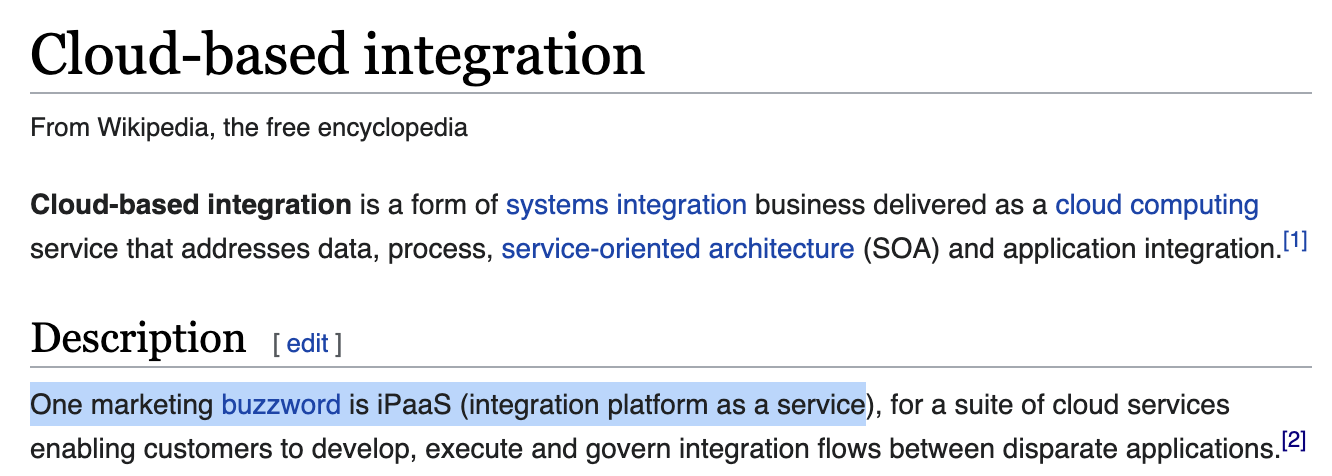
The term "iPaaS" probably won't catch on, but the software itself already has. Zapier, whose blog you're reading right now (hi!), helps millions of people connect apps every day, and we're far from the only iPaaS software out there. Let's talk about what integration platforms are, why they exist, and how to know whether your business needs one.
Zapier is a no-code automation tool that lets you connect your apps into automated workflows, so that every person and every business can move forward at growth speed. Learn more about how it works.
Apps can talk to each other—but it's not simple
There are thousands of apps on the market for businesses, and the number continues to grow rapidly. Some of these apps are widely known, like Microsoft Outlook or Google Calendar. Others serve a very specific market: real estate agents, for example, or dentists. Those apps tend to be fairly obscure outside of their target market.
Most businesses need to regularly move information from one application to another—for example, moving a lead's email address from a lead gen app to a customer relationship management (CRM) platform. Now, some tools offer an easy way to send information like this to other apps, but typically only to a small handful of other apps.
This means that if you use an app unique to a particular industry, there's no built-in way to move information to and from it. You could manually copy and paste data yourself, but that's a lot of manual work.
That's why APIs exist. (At least that's jargon instead of a buzzword?)
An API, or application programming interface, exists to help applications talk to each other. When you, a human, use an app, you use what's called the "user interface" (UI). A UI is basically the stuff that humans interact with—boxes you can fill with text, for example, or buttons that you can click. Computers don't need a UI to talk to other computers; the UI is there for people.
An API, then, is one way that applications can talk to each other without any humans involved. To oversimplify: an API is a list of information that a given app can send out and a list of information the app is willing to receive. You know how old-timey phone operators had to physically plug in the right wires to connect a call? You can sort of picture it like that.

You can connect to these APIs from your own computer. You can even, with some programming knowledge, write a simple script to connect any two apps to each other using their API. And for a long time, that's what most companies did: they paid someone to build a software integration.
The problem is that this is a lot of ongoing work. APIs change somewhat regularly, and anything you build to connect them needs to be updated whenever that happens.
More importantly, though, only programmers can build integrations this way. That's fine if you have the skills, but most people don't—and those people still want to connect their apps to each other. This is where integration software comes in.
Did you know? The name "Zapier" was chosen specifically to have the letters "API" in the middle because our founders are massive nerds.
The UI for your API
Remember how I contrasted a software's UI (user interface) with APIs (application programming interfaces)? Well, integration platforms basically offer a UI for APIs. This means that a human user can integrate their apps using an API.
It sounds complicated, but it really isn't. It basically means that anyone in your company who wants to connect two (or more) apps can do it themselves, without any programming knowledge. You don't have to think about APIs—or even know they exist—to do so.
Take a look at Zapier's UI.
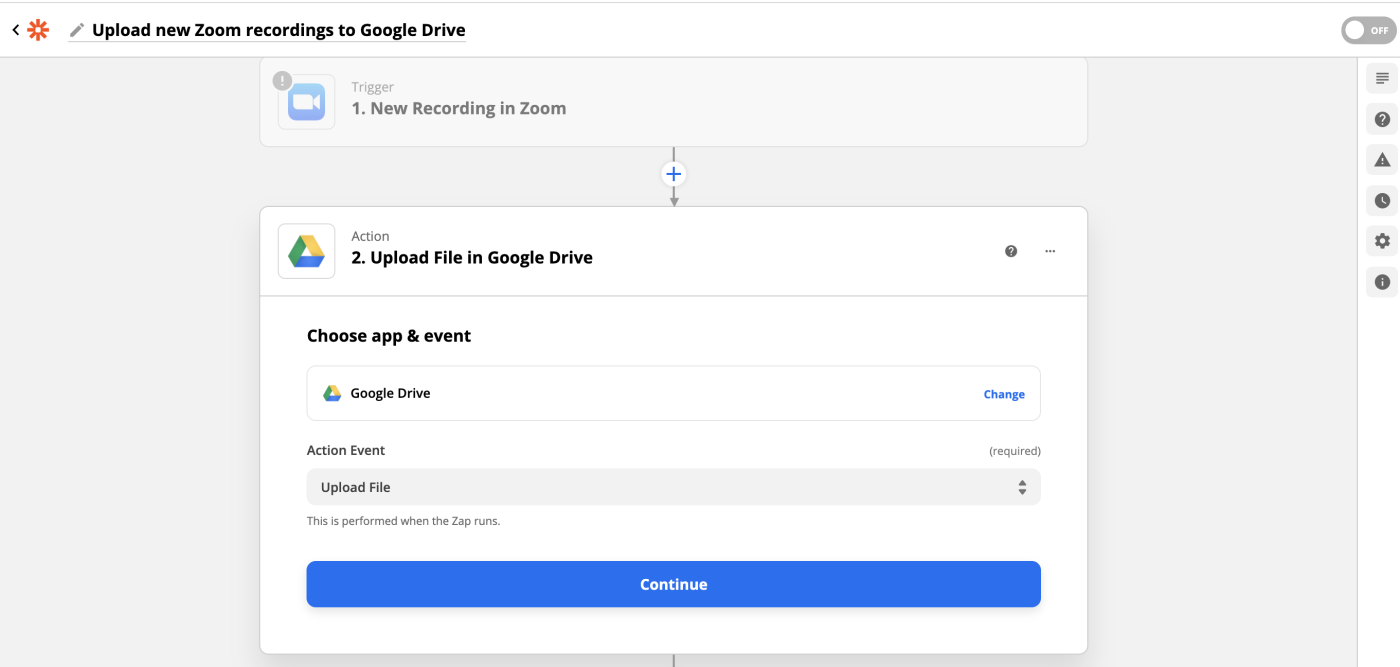
Using simple if-this-then-that logic, iPaaS tools let you move information from one app to another—without code. You could, for example, send all the information from responses to your Typeform into a Google Sheet.
Collect new Typeform responses as rows on Google Sheets
Or you could copy new leads from Facebook Lead Ads directly into HubSpot.
Copy new lead responses from Facebook Lead Ads to a HubSpot form
These are just a couple of popular integrations that we happen to offer. But the most powerful thing about Zapier is that it connects to thousands of apps, which means you can make just about any of the apps you use talk to each other—in whatever way you want. You get the power and flexibility of a solution built from scratch, without the need to hire a team of programmers.
Millions of people use Zapier to do exactly that, and there's a growing collection of similar iPaaS vendors on the market. You can call them integration platforms, you can call them internet duct tape, you can even call them iPaaS companies (if you have to). Whatever you call them, they're bound to be a core part of most businesses' toolkits.
This article was originally published in September 2021 and has since been updated for clarity.
